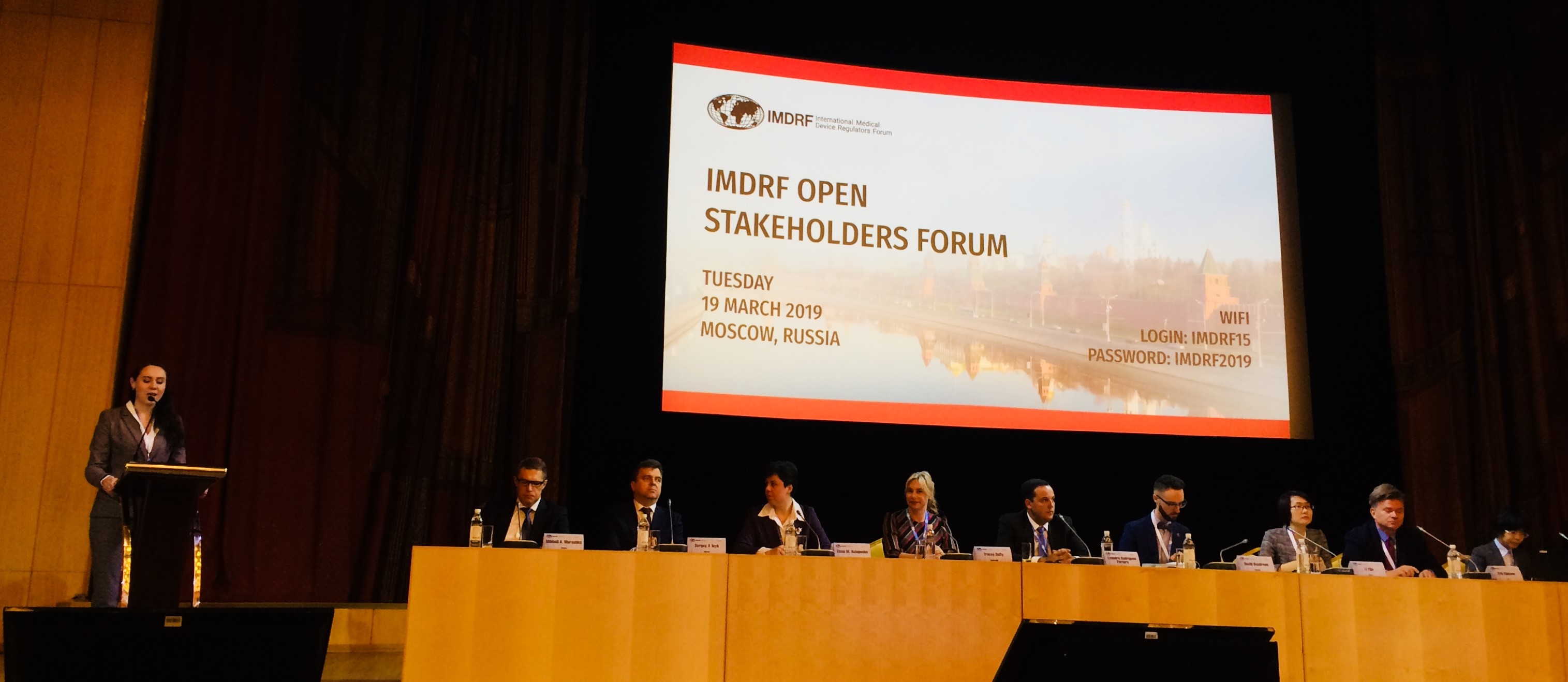Dear Colleagues,
Please find below my usual selection of the latest updates in medical device regulations in the Eurasian Economic Union (EAEU):
- Updates to the List of Eurasian Medical Device Standards
On 8 June 2021, the Eurasian Economic Commission published recommendation #10 (link in Russian) and updated the Eurasian list of standards for demonstrating compliance with essential principles of safety and efficacy of medical devices in the EAEU.
According to the published document, nine existing standards were replaced with more up-to-date versions; eight new standards and one measurement procedure were added, and seven outdated standards were excluded from the current version of the list.
The list of applicable standards to ensure compliance with essential principles of safety and efficacy of medical devices in the EAEU is a ‘third-level’ Eurasian regulation. It was initially published in 2017 and intended to harmonise existing national standards of the Eurasian member states and correlate them with the relevant requirements of the Essential Checklist for voluntary use by manufacturers and testing laboratories during the Eurasian registration process.
- Classification of Adverse Events of Medical Devices in Russia
At the end of May 2021, the Russian healthcare regulator Roszdravnadzor released order 4513 (link in Russian) and implemented the classification of adverse events related to the circulation of medical devices.
The classification contains 27 groups and characterises each of the adverse events that may arise (mechanical, chemical, optical problems, compatibility inconsistency, connection, interaction with the external environment, etc.).
It should be remembered that Russian medical device regulations require monitoring and reporting of medical device adverse events that occur both in Russia and in other countries.
- Changes in Tax Regulations for Certain Groups of Medical Devices in Russia
On 1 June 2021, the Russian government published Resolution 851 (link in Russian) and updated the list of medical devices taxed at a decreased rate of 10%, approved by Decree of the Government of the Russian Federation N 688. According to the published document, particular in vitro culture mediums, containers for medical wastes, specific urology devices and medical clothes were included on this list.
Later, on 25 June 2021, the Russian Ministry of Finance gave some clarifications regarding the application of tax preferences on sales of medical devices after switching to the Eurasian system. According to the published letter (link in Russian), the sale of medical devices at the reduced tax rate using a Russian registration certificate will be possible until 31 December 2021. However, according to the same document, the Ministry of Health has already prepared a draft federal law on the abolition of this limitation.
***
Thank you for following my blog, which aims to provide timely and clear updates on the development of Russian and Eurasian medical device regulations. You may also be interested in my upcoming seminar on this topic, scheduled for July 2021.

